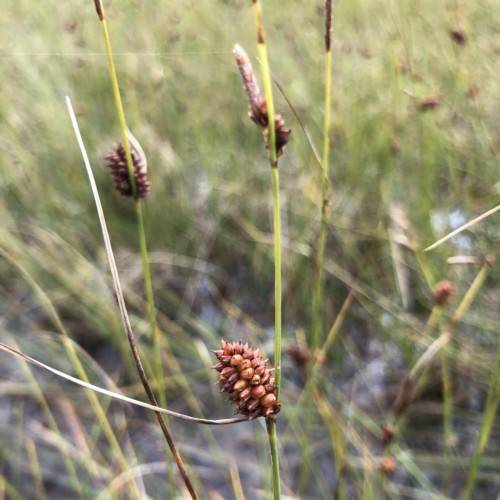
Round Sedge
Carex rotundata
Also Known As - Roundfruit SedgeWatering:
Average
Hardiness Zone:
Flowers:
Flowers
Sun:
full sun,part sun/part shade
Soil:
Humus Enriched
Leaf:
Yes
Growth Rate:
Low
Salt Tolerant:
Yes
watering
Rosy Sedge plants require a good amount of regular water to remain healthy. They should be watered at least once every 7–10 days throughout the growing season (spring to fall). During periods of heat or dry weather, however, you should water more frequently (2 or 3 times per week). Make sure to water until the soil is moist, but avoid overwatering, as this can cause root rot.
sunlight
Rosy Sedge grows best in full sun for 6 to 8 hours each day; however, it can tolerate some light shade or partial shade. It does not do well in areas with full shade, so it is important to choose an area that gets direct sunshine for at least part of the day. It is also fairly tolerant of both moist and dry conditions.
pruning
Rosy Sedge should be pruned once or twice a year, in the late summer and fall, when the foliage starts to turn brown. Pruning should be done lightly; it's best to remove a small portion of the foliage at a time. Care should be taken not to prune too close to the ground, as this can damage the crown and can lead to excessive stem growth, as well as reduce flower production. Make sure to prune the plant back only a few inches every time to maintain an attractive shape.
